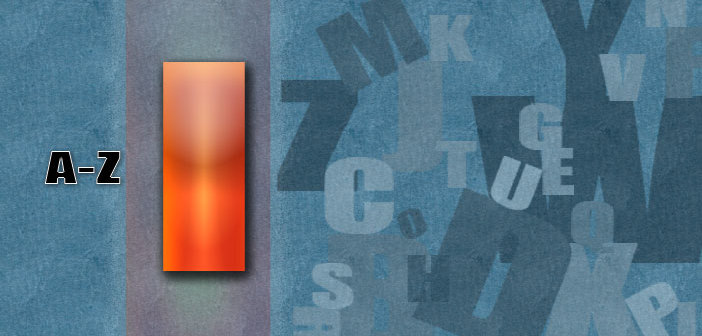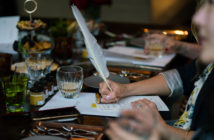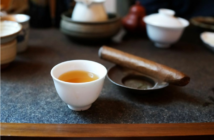Tea terminology can be mind-bogglingly complex. Which is why The Daily Tea is bringing you Tea A-Z, a guide to deciphering both common and completely bewildering concepts from the world of tea. Let’s dive in!
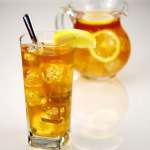 Iced Tea: Originally made with black tea, the world of cold tea has exploded to include every variety from unsweetened green to cocktail inspired tisanes. These beverages are available in ready to drink bottles or you can choose to brew your own using a regular pitcher with ice or an iced tea maker.
Iced Tea: Originally made with black tea, the world of cold tea has exploded to include every variety from unsweetened green to cocktail inspired tisanes. These beverages are available in ready to drink bottles or you can choose to brew your own using a regular pitcher with ice or an iced tea maker.
Iced Tea Maker: Available in both manual and electronic versions, iced tea makers are designed to make brewing cold tea a breeze. Typically this piece of equipment can be used for both loose leaf and bagged tea, but it’s best to double check the description. Make sure the one you purchase fits the type of tea you brew.
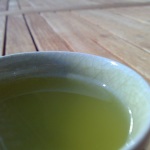 Ichibancha: Japanese for first, Ichibancha are the initial spring harvests from Japan. Depending on the region and season, the teas will be plucked anywhere from March to May. These first flush teas are highly praised for both their taste and quality.
Ichibancha: Japanese for first, Ichibancha are the initial spring harvests from Japan. Depending on the region and season, the teas will be plucked anywhere from March to May. These first flush teas are highly praised for both their taste and quality.
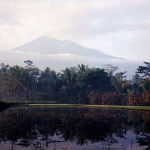 Indonesia: Located between Asia and Australia, Indonesia is made up of over 17,500 islands. Tea is mainly produced in three of the larger islands, Java, Sumatra and Sulawesi. Indonesia is best known for its black tea from the Java region that is ideal for a breakfast blend. However; production in both green and oolong tea are slowly increasing.
Indonesia: Located between Asia and Australia, Indonesia is made up of over 17,500 islands. Tea is mainly produced in three of the larger islands, Java, Sumatra and Sulawesi. Indonesia is best known for its black tea from the Java region that is ideal for a breakfast blend. However; production in both green and oolong tea are slowly increasing.
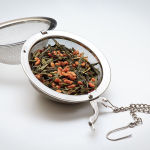 Infuser Ball: A fine mesh ball that is used to steep tea. Loose tea leaves are placed inside the ball, closed with a latch and then dangled into the hot water.
Infuser Ball: A fine mesh ball that is used to steep tea. Loose tea leaves are placed inside the ball, closed with a latch and then dangled into the hot water.
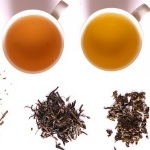 Infusion: This is the process of when you add the tea leaves (or herbs) to hot water, and allow it to steep (sit) for a period of time. While steeping, the flavors of the tea will penetrate into the water. An alternative use is to describe a collection of plants that make up the tea, for example a tea infusion or herbal infusion.
Infusion: This is the process of when you add the tea leaves (or herbs) to hot water, and allow it to steep (sit) for a period of time. While steeping, the flavors of the tea will penetrate into the water. An alternative use is to describe a collection of plants that make up the tea, for example a tea infusion or herbal infusion.
 Irish Breakfast: A hearty breakfast tea containing a large percentage of black tea from Assam giving it a rich, malty flavor.
Irish Breakfast: A hearty breakfast tea containing a large percentage of black tea from Assam giving it a rich, malty flavor.

